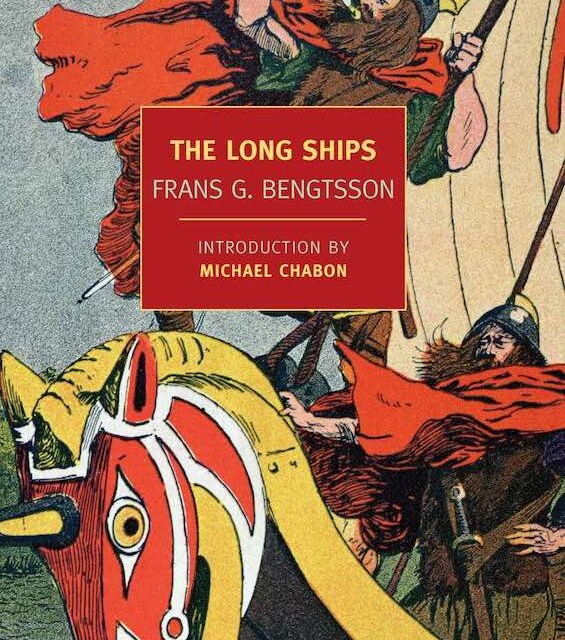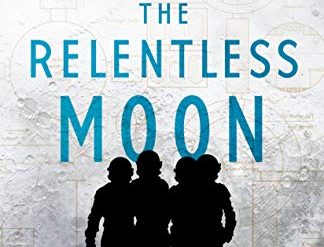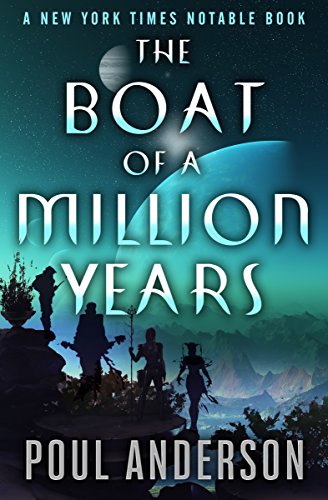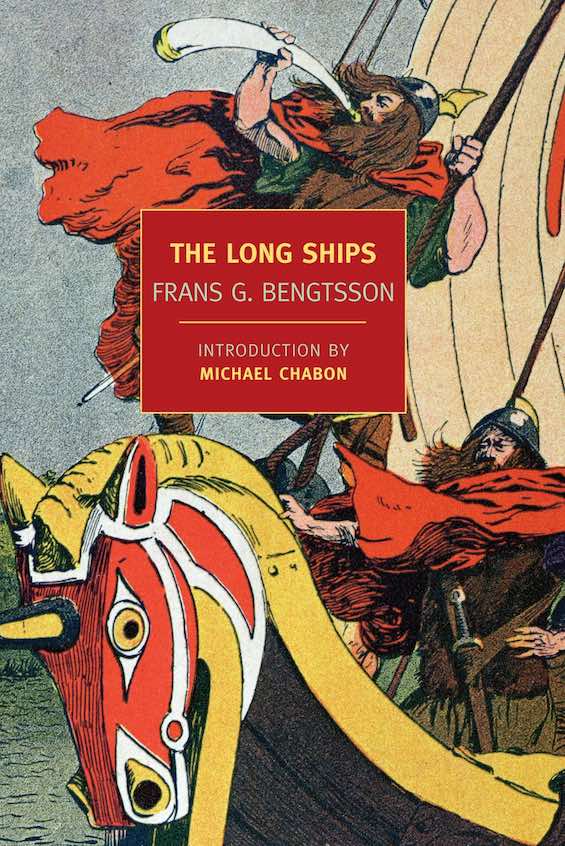
For nearly three centuries (793–1066 CE) during the Middle Ages, Norsemen from Denmark, Sweden, and Norway ran rampant through Europe from present-day Russia to Spain, England, France, Italy, and Ireland. Called Vikings, they raided coastal communities all around the European continent, plundering and pillaging as they went. They colonized Normandy, England, Iceland, Greenland. For a time, they also settled in what is today Newfoundland nearly 500 years before Columbus landed in the Caribbean. For an understanding of Viking culture, there is no better guide than Frans G. Bengtsson’s epic novel, The Long Ships.
A thrilling Viking saga
Bengtsson’s hero is a Norseman named “Red Orm” Tosteson. In his introduction to the New York Review Books Classics Edition, Michael Chabon describes him as “crafty, resourceful, unsentimental, and mildly hypochondriac,” and he is surely all that and more. But above all, Orm is a powerful warrior and a forceful leader. We follow him from his childhood as the descendant of a long line of celebrated warriors into his adulthood and old age as a wealthy and renowned chieftain.
The Long Ships by Frans B. Bengtsson (1941) 530 pages ★★★★★
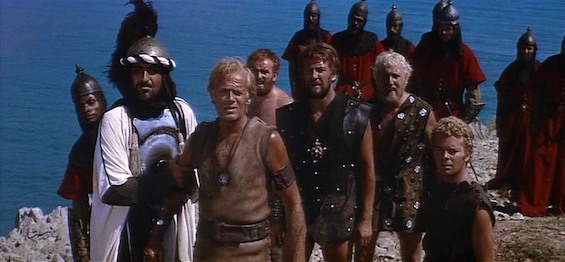
A journey of many years
As a young man, Orm joins a crew to go “a-Viking” on a journey of many years. Sailing from the Danish coast of present-day Sweden, Orm and his fellows visit present-day England, Ireland, France, and Spain. Everywhere they land, they enter into battle with the local inhabitants. Then they turn to plunder and pillage, seizing gold and silver treasure and captives to sell as slaves. Many men die along the way.
At length, Orm and his fellows are brought up short off the coast of Andalucia. There, the powerful forces of the Caliph al-Mansour seize two of their ships and force them into captivity as rowers on his own ships. Orm remains a slave for four years but eventually gains his freedom through the good offices of a wealthy local man they had rescued from a similar fate.
Much later, arriving back in Denmark, Orm falls in love with Ylva Haraldsdotter, the daughter of the powerful King Harald of Denmark. Following further adventures, Orm leads a hand-picked crew to the land of the Bulgars, where his long-lost brother has hidden a great golden treasure.
Rest assured, nothing is lost by summarizing the tale so breezily, as I’ve done above. The charm in the book lies in the telling.
A style that evokes the Viking Era
Each of the chapters is labeled with a short, evocative descriptive that reinforces the impression the story is a traditional Viking saga. For example, “Concerning the battle that was fought at Maldon, and what came after it.” “How Orm built his house and church and how they named his red-haired daughters.” “How they rowed to the Dnieper.” And so forth.
When Christian missionaries converted the Norsemen
The Long Ships chronicles a critical phase in the Viking Era, the years 980 to 1010. This was the time when Catholic missionaries were making inroads throughout the northern lands, and much of the action in the novel involves conflict between Christians and those who clung to the old Norse gods. The drama unfolds around the character of Father Willibald, a kindly priest and gifted healer. It becomes clear that Father Willibald is merely substituting one set of wild fantasies for another. Superstition reigns unchallenged. What passes for Christianity is no less fantastic than the delusions of the Norsemen.
About the author
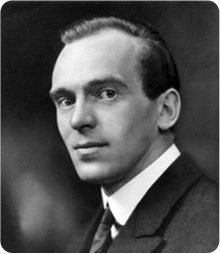
Frans B. Bengtsson (1894-1954) was a Swedish novelist, essayist, poet, and biographer. He is best known for The Long Ships, but his best work was a biography of the early 18th century Swedish King Charles XII, who built the Swedish empire to its greatest extent. In 1964 a film adaptation of The Long Ships appeared starring Richard Widmark, Sidney Poitier, Russ Tamblyn, and Rosenna Schiaffino.
For more reading
You might also enjoy:
- 20 most enlightening historical novels
- Top 10 great popular novels reviewed on this site
- The decade’s top 10 historical novels, mysteries & thrillers, and science fiction
For insight into the culture of the lands the Vikings invaded, see Powers and Thrones: A New History of the Middle Ages by Dan Jones (Change in the Middle Ages came thick and fast).
And you can always find my most popular reviews, and the most recent ones, plus a guide to this whole site, on the Home Page.

